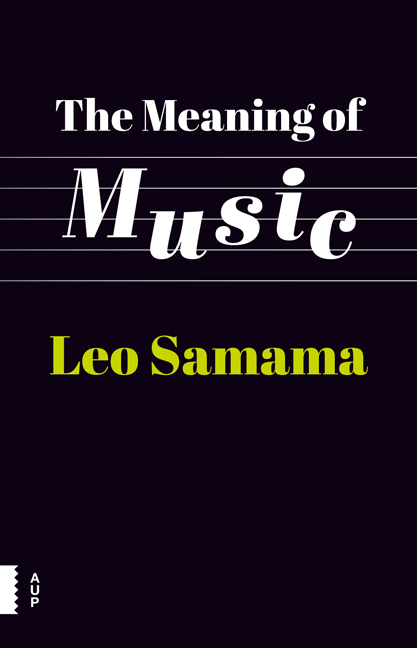21 - Lully: the King is Dancing
Published online by Cambridge University Press: 24 December 2020
Summary
In his memoires, Louis XIV wrote, ‘all of our citizens are generally delighted to see that we like what they like or in which they best succeed. In this way we have a hold on their spirit and their heart, and occasionally many times to a much greater extent than through payments or good deeds.’ In this he was referring to dance. Louis loved dance passionately, as did his entourage. With the statement quoted, the King indicated that dance served a dual purpose: he demonstrated that he was both a master of dance as well as that of his subjects. Dancing was directly connected to the status of the King.
Louis XIV started to dance as a child and practised the art for almost a quarter of a century, with daily exercises and participation in numerous performances. In 1725 Pierre Rameau wrote of him in Le Maître à danser that his preferred form of dance was the noble and serious Courante:
Verily he danced this better than anyone else at Court, and endowed her an infinite grace. But what provides even more proof for the kinship and penchant that His Majesty has for dance is the fact that this great Conqueror, despite the hard work which has always kept him occupied, for more than twenty to twentytwo years has never deprived Monsieur de Beauchamps of the honour of guiding him for those few hours in this noble exercise.
He would dance, however busy his work schedule. In the newspaper of 8th January 1663, it was printed that ‘the King, exhausted by the efforts with which His Majesty tirelessly works for the welfare of his subjects, enjoyed distraction in the Cardinal's palace by [dancing in] a ballet with seven acts, entitled the Ballet des Arts.’
Dancing was part of the education of a nobleman. In 1528 the Mantovanian writer Baldassare Castiglioni had written in his ‘handbook for the courtier’, Il libro del cortegiano, that a nobleman must learn mastery of the sword and the spear, and in particular also music, rhetoric and dance. This should enable a nobleman to maintain a beautiful lady satisfactorily.
- Type
- Chapter
- Information
- Meaning of Music , pp. 185 - 193Publisher: Amsterdam University PressPrint publication year: 2016



